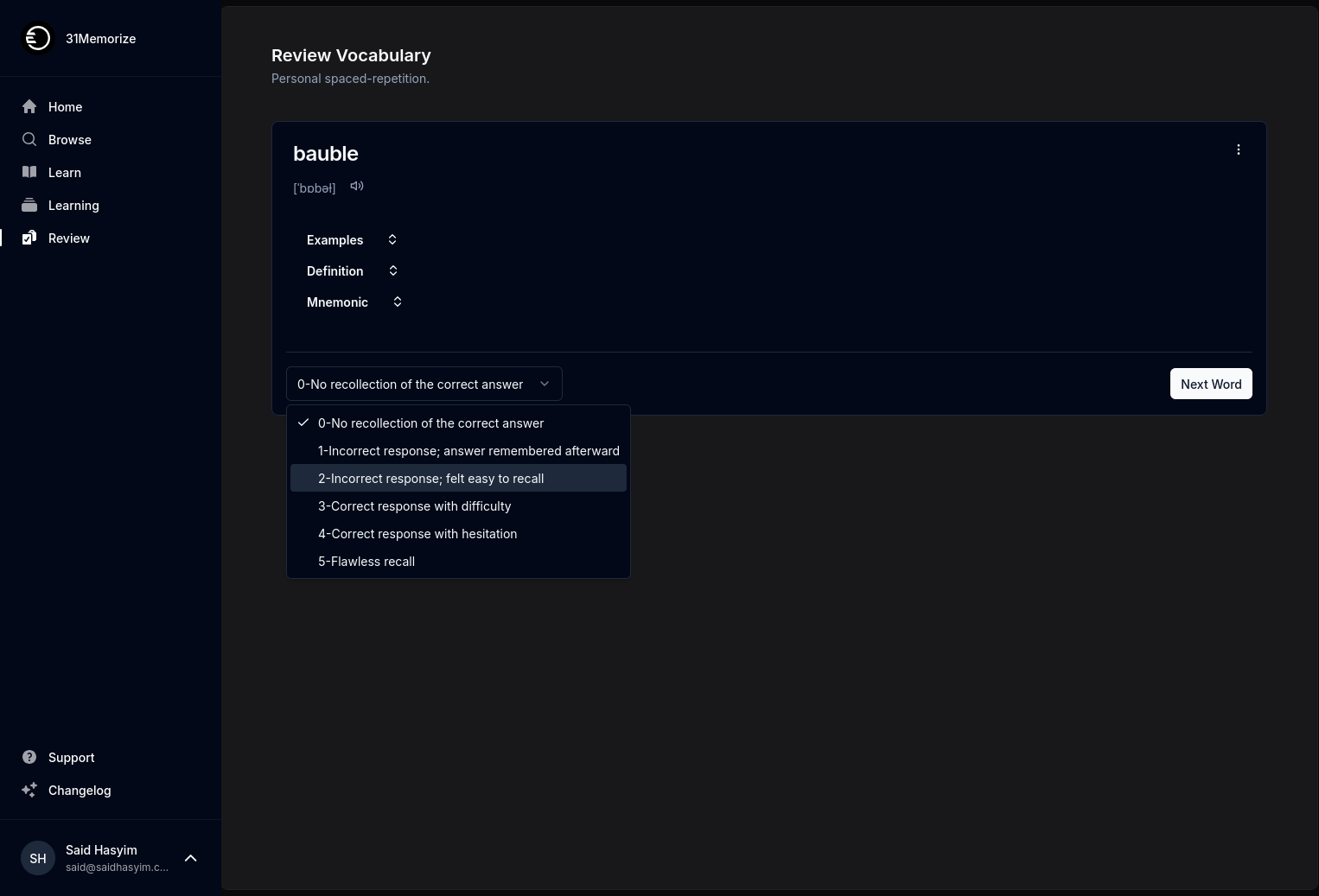Building Bridges: The Importance of Author Ratings
In an age where information flows freely and content is abundant, the effort to maintain quality and authenticity in written works has become paramount. The concept of author ratings, a system that evaluates the credibility and reliability of writers, has emerged as a critical tool in this landscape. While often overlooked, understanding the significance of author ratings can profoundly impact readers, writers, and the entire ecosystem of content consumption.
The Digital Information Overload
The internet has revolutionized the way we access information. With the click of a button, readers can access countless articles, blogs, reviews, and opinion pieces. This wealth of information, while empowering, also presents challenges. How do readers discern high-quality content from misinformation or poorly researched articles? This question underscores the importance of author ratings in fostering a more informed digital community.
What Are Author Ratings?
Author ratings are essentially evaluations of a writer's credibility, expertise, and trustworthiness. Many platforms have begun to implement rating systems to help readers gauge the quality of articles based on the author's past performance, background, and contributions to the field. These ratings can be derived from various factors, including:
- Historical Performance: Analysis of past articles, including their accuracy, engagement levels, and relevance.
- Peer Reviews: Evaluations from fellow experts or users who have rated the author based on their experience.
- Expertise and Credentials: Consideration of the author's educational background, professional experience, and any certifications relevant to the topic being discussed.
- Engagement Metrics: Insights into how audiences interact with the author’s work, including likes, shares, comments, and discussions sparked by their writing.
By combining these elements, author ratings provide a comprehensive assessment that readers can rely on to guide their consumption of content.
Building Trust with Readers
Establishing trust is one of the fundamental pillars of effective communication. In the realm of content creation, trust is what encourages readers to return, engage with material, and rely on a particular writer for reliable information. Author ratings act as a bridge between writers and readers, enabling a transparent relationship based on accountability and performance.
When writers are aware of their ratings, they are likely to strive for quality in their work, knowing that their reputation is closely tied to how they are perceived in the community. This fosters an environment where writers prioritize research, fact-checking, and ethical guidelines in their writing.
Combatting Misinformation
Misinformation has become an ever-growing concern in today's digital society, where sensationalism often overshadows factual reporting. Author ratings can serve as a robust defense mechanism against the spread of false information. When readers can identify reputable authors through a rating system, they are less likely to fall victim to misleading content.
Imagine a scenario where a reader encounters two articles on the same topic—one written by a highly-rated expert with a proven track record and the other by an unknown author with no ratings. The reader is more likely to trust the expert’s insights, ensuring that knowledge consumption is rooted in reliability.
Encouraging Diversity in Perspectives
While author ratings can promote credible voices, it is essential to balance this with a variety of opinions and perspectives. An effective rating system should encourage the inclusion of diverse viewpoints while still maintaining quality standards. By allowing lesser-known writers with unique perspectives to gain visibility based on merit, readers are exposed to richer, more nuanced discussions.
This diversity in authorship also fosters creative thinking and innovation, expanding the conversation beyond conventional wisdom. It invites readers to challenge their biases and engage more actively with different ideas, ultimately enhancing the quality of discourse in various fields.
The Role of Technology
With advancements in technology, the feasibility of robust author rating systems has increased significantly. Innovative data analytics and machine learning algorithms enable platforms to track multiple metrics and streamline the evaluation process. User-generated feedback, engagement statistics, and historical performance can all be analyzed to provide real-time updates on an author's reputation.
In this context, it is vital for tech developers and content platforms to prioritize user experience, making author ratings easily accessible and understandable. This allows readers to effectively filter content based on their preferences without overwhelming them with excessive data.
Conclusion: A Call to Action
As we navigate the complexities of our information-rich world, embracing systems that enhance the credibility of content is integral for progress. Author ratings are more than just numbers or verbal endorsements; they represent a commitment to quality, reliability, and trust in writing.
For readers, engaging with works by highly-rated authors is a practical step toward consuming trustworthy information. For writers, striving to build and maintain a positive rating is a powerful motivator for producing thoughtful, researched content.
Ultimately, author ratings serve as bridges—connecting readers to credible sources while decreasing the potential for misinformation. By fostering an informed community through the active evaluation of writers, we can create a landscape where quality thrives and voices are empowered.
Let us move forward together, taking collective responsibility for the integrity of our digital interactions—because in this interconnected world, the quality of information matters, and every author has the potential to foster trust, inspire change, and ignite conversations.
